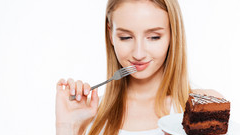
Yeast. Infection Diet Tips-- Foods to Avoid and Eat
A Candida yeast infection (Candidiasis) is triggered by an overload of the kind of yeast usually found in low-level Yeast Infection Diet Tips-- Foods to Avoid and Eat. A Candida yeast infection (Candidiasis) is caused by an overload of the kind of yeast usually found in low levels in the body and is resident in the digestive system, skin, anus, mouth and vagina. Vaginal yeast infections prevail among ladies and are triggered by Candida albicans-- tiny organisms that reside on the skin and inside the vaginal area. A healthy vagina is very acidic-- the pH balance (pH is utilized to determine acidity or alkaline balance) of a vagina typically varies in between 3.8 and 4.5 (a measurement of 1 is exceptionally acidic and 14 is really low). If the delicate PH balance of the vaginal area becomes less acidic, the vaginal area's balance is disrupted and an excess of yeast may take place, triggering a yeast infection.
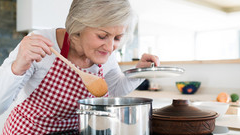
Lots of circumstances can interrupt the vagina's balance. Among the most typical factors for a vagina becoming less acidic are pregnancy, menstrual durations, particular kinds of antibiotics, diabetes, birth control pills and steroids. Given that yeast infections flourish when the vagina has an altered pH balance, diet plan becomes a big part of the strategy to rid your body of the condition. When a Candida overgrowth occurs, your body might have difficulty soaking up minerals and vitamins and producing enough gastrointestinal proteins. A Candida diet plan can appear limiting if your regular diet is based upon processed foods and simple carbohydrates. Depending on your adherence, it may take months for the diet to take effect. Good dietary practice is the most natural and reliable method to conquer yeast overgrowth, as interfered with pH balance was likely a significant factor to the issue. If, after the problem is solved, you lapse into bad consuming habits once again, the issue is likely to recur.
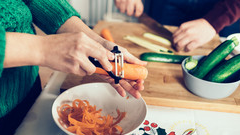
Making healthy diet habits a way of life choice rather than a temporary treatment is the best method to avoid future issues. So, whether to fix the current issue or, better still, an ongoing practice, there are specific foods you'll wish to prevent such as:. • Foods Containing Yeast-- Bread, pastries and packaged foods. • Grains-- Flake cereals and sprouted grain cereals, instantaneous oatmeal, cornmeal and hominy grits. • Some Legumes-- Beans and peas which contain sweeteners, veggie protein and tofu. • Processed nuts and seeds. • Pasta. • Most Dairy. • Meats that might contain prescription antibiotics and hormonal agents. Likewise, smoked meats. • Fruit-- No dried fruit. Fresh fruit is permitted (particularly grapefruit). • Some Vegetables-- Canned tomatoes, cucumber skins, mushrooms and carrots. • Beverages-- Alcohol, coffee, tea, fruit juices, soft drinks and diet beverages. You can enjoy consuming foods that consist of:. • Certain Legumes-- Beans, wild rice, millet, amaranth and quinoa.
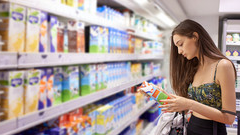
• Unprocessed nuts and seeds. • Beverages-- Almond milk, coffee substitute (no malt), carbonated or plain water. • Vegetables-- Spinach, tomatoes, kale, parsley, broccoli or cabbage. • Unprocessed Protein from animals-- Seafood, chicken, deer, goose, pork and turkey. • Dairy - Plain yogurt with acidophilus culture. • Fruit-- Fruits including vitamin C help the white blood cells work to fight the infection. Grapefruit is particularly useful for reducing a yeast infection. • Garlic-- The healing power of garlic benefits most any kind of infection and particularly a yeast infection. It ruins yeast germs and assists prevent future infections. The function of a Candida diet is developed to offer no nourishment for the yeast organisms to live on. Essentially, you must try and consume a healthy diet plan, but limit your sugary and yeast-laden foods and be sure to consume lots of water. els in the body and is resident in the intestinal tract.
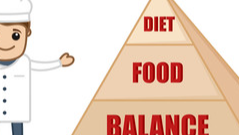
system, skin, anus, mouth and vagina.
Vaginal yeast. infections are common among women and are caused by Candida albicans-- tiny. organisms that reside on the skin and inside the vaginal area. A healthy vagina is very. acidic-- the pH balance (pH is used to determine level of acidity or alkaline balance) of. a vaginal area generally ranges between 3.8 and 4.5 (a measurement of 1 is very. acidic and 14 is extremely low).
If the. delicate PH balance of the vaginal area becomes less acidic, the vagina's balance is. disrupted and an excess of yeast might happen, triggering a yeast infection. Numerous. situations can disrupt the vaginal area's balance.
Amongst the. most typical factors for a vaginal area becoming less acidic are pregnancy, menstrual. durations, certain types of prescription antibiotics, diabetes, birth control pills and. steroids.
Considering that yeast.
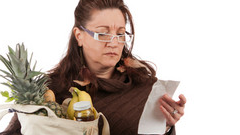
infections grow when the vagina has a transformed pH balance, diet plan ends up being a huge. part of the strategy to rid your body of the condition. When a Candida overgrowth. happens, your body may have hard taking in minerals and vitamins and. producing enough digestive proteins.
A Candida. diet can appear restrictive if your routine diet is based upon processed foods. and basic carbohydrates. Depending on your adherence, it may take months for. the diet to work.
Good dietary. practice is the most natural and efficient way to overcome a yeast overgrowth,. as disrupted pH balance was most likely a significant contributor to the problem. If,. after the problem is resolved, you lapse into poor consuming routines once again, the. problem is likely to repeat.
Making. healthy diet habits a way of life option instead of a short-term treatment is the very best.

way to avoid future problems.
So, whether. to repair the present issue or, better still, a continuous practice, there are. certain foods you'll wish to avoid such as:
· . Foods. Containing Yeast-- Bread, pastries and packaged foods.
· . Grains. -- Flake cereals and grew grain cereals, instant oatmeal, cornmeal and. hominy grits.
· . Some. Legumes-- Beans and peas that contain sweeteners, veggie protein and tofu.
· . Processed. nuts and seeds.
· . Pasta.
· . Many. Dairy.
· . Meats. that might consist of antibiotics and hormonal agents. Likewise, smoked meats.
· . Fruit. -- No dried fruit. Fresh fruit is enabled (especially grapefruit).
· . Some. Vegetables-- Canned tomatoes, cucumber skins, mushrooms and carrots.
· . Drinks. -- Alcohol, coffee, tea, fruit juices, soft drinks and diet plan drinks.
You can enjoy. consuming foods that consist of:
· .
Specific. Legumes-- Beans, wild rice, millet, amaranth and quinoa.
· . Unprocessed. nuts and seeds.
· . Drinks. -- Almond milk, coffee replacement (no malt), carbonated or plain water.
· . Vegetables. -- Spinach, tomatoes, kale, parsley, broccoli or cabbage.
· . Unprocessed. Protein from animals-- Seafood, chicken, deer, goose, pork and turkey.
· . Dairy. - Plain yogurt with acidophilus culture.
· . Fruit. -- Fruits including vitamin C assist the white blood cells work to combat the. infection. Grapefruit is particularly practical for reducing a yeast infection.
· . Garlic. -- The healing power of garlic benefits almost any kind of infection and. especially a yeast infection. It damages yeast germs and assists avoid. future infections.
The function. of a Candida diet is developed to offer no nourishment for the yeast. organisms to live on.
Generally,. you ought to attempt and consume a healthy diet, however limit your sweet and yeast-laden.
foods and make certain to drink lots of water.
 Add Row
Add Row  Add
Add 



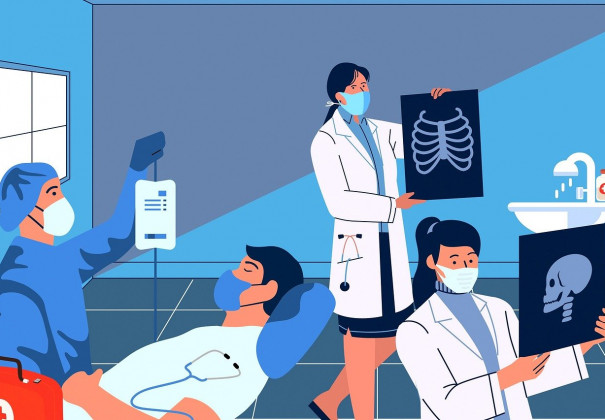
Write A Comment